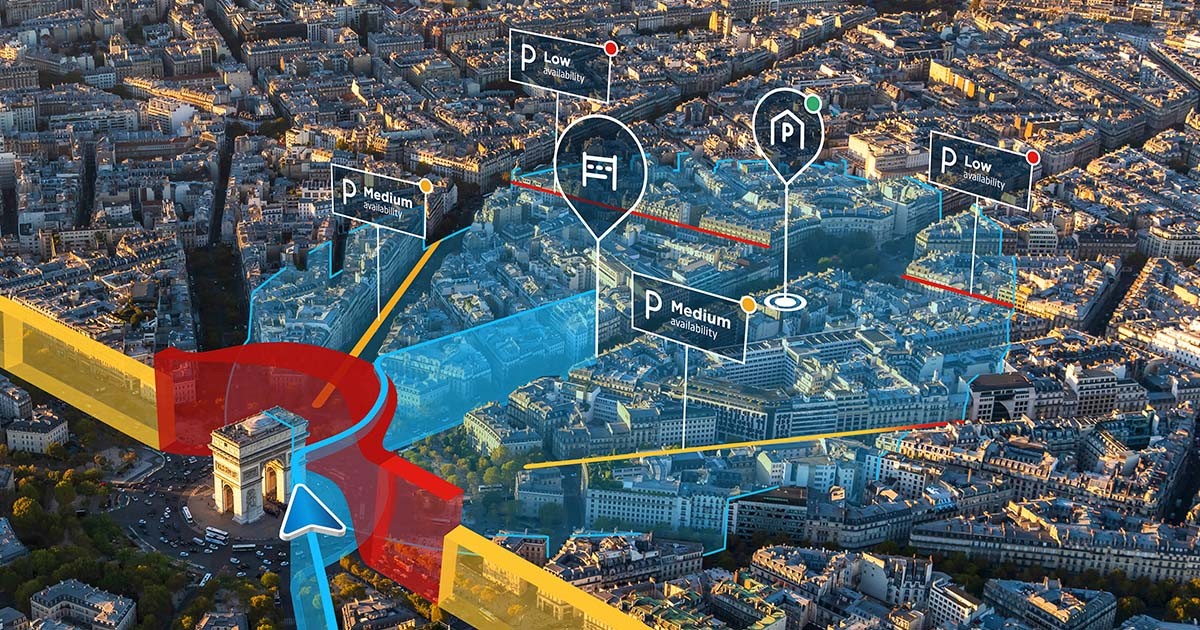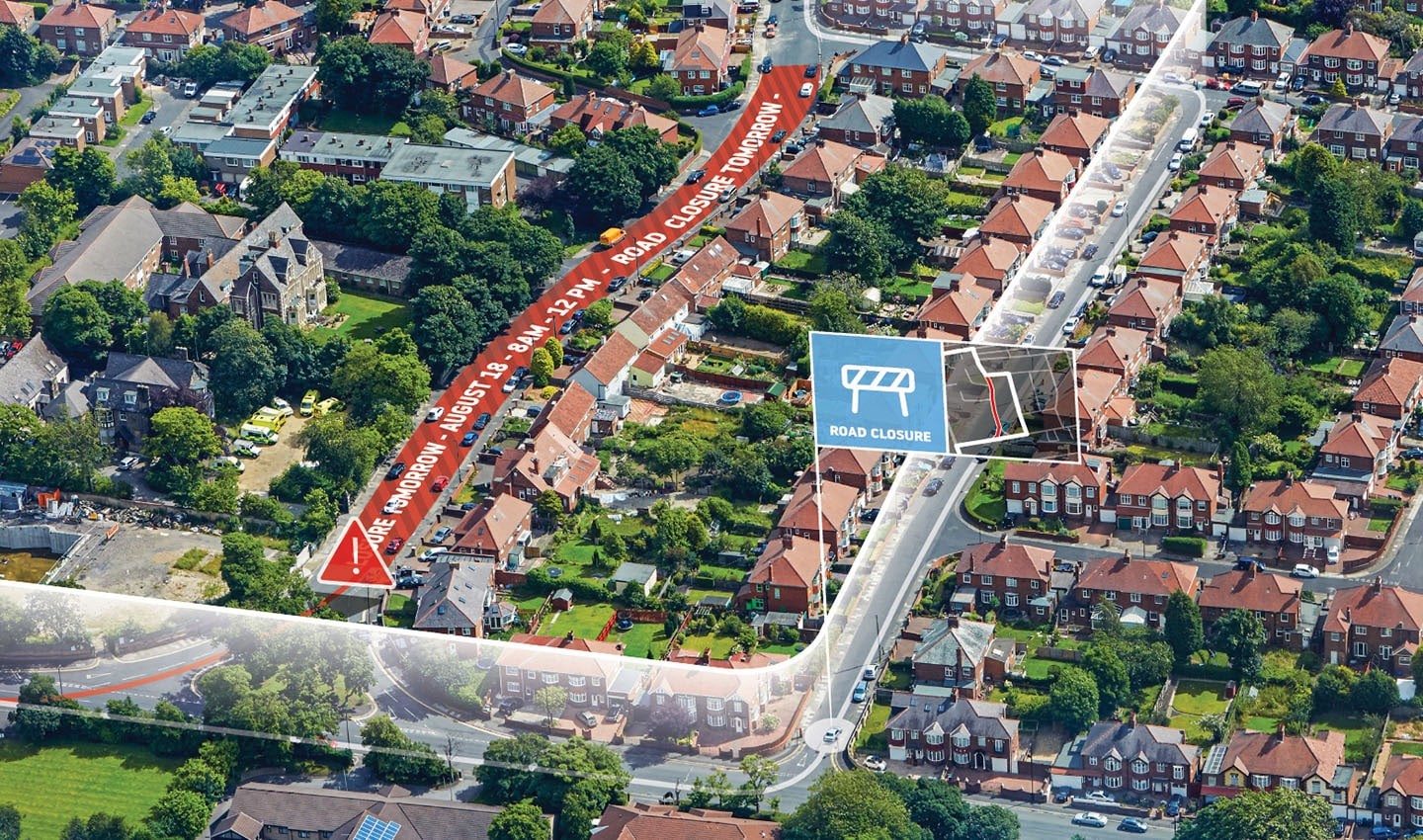
Digital cockpit and in-car navigation systems are complex. As drivers, we rarely give a thought to all the different components that come together to make our nav systems work. But spare one, as you read this, as we go behind the dash and consider what it means for a car to use a navigation system from one supplier and a map from another or, in technical speak, what it means to be map agnostic.
It’s quite common for modern carmakers to use a variety of suppliers when they’re building their in-car navigation system.
Think of it like a recipe that needs a selection of ingredients for the final dish to be served. Suppliers provide the ingredients, while carmakers combine them to deliver a navigation experience that’s part of their car’s digital cockpit.
These ingredients could include a base map, traffic information, location and positioning technologies, navigation and the user interface.
Some suppliers take an all-or-nothing approach, offering carmakers the opportunity to buy all the ingredients (or components) or to buy none of them. Other suppliers, like TomTom, offer carmakers choice. The choice to pick different components and combine them to work seamlessly as they see fit.
For navigation and traffic information systems from one supplier to work with maps from another supplier, they need to be what’s known as map agnostic.
In computing parlance, to be agnostic essentially means to be cross compatible. To be unbounded by platform. File formats like MP3 or JPEG are considered platform agnostic as they can work across several devices and operating environments.
It’s essentially the same thing with navigation, traffic and mapping in a car.

TomTom’s navigation, routing, and traffic information is map agnostic. This means that it can translate its location into a format that can be presented on a non-TomTom map.
When a car’s navigation system is map agnostic, it means that it can operate regardless of the map component the vehicle is using. Navigation and routing systems can come from one supplier and the map can come from another, and everything will still work.
For carmakers, this opens opportunity for them to build their systems out of select components, regionalize their vehicles and take greater control over how their infotainment system is built.
TomTom’s navigation system is map agnostic in the sense that it can still provide drivers with completely accurate routes and guidance, on any map that’s shown to the driver.
How it’s done, in simple terms
There’s one main challenge when it comes to making a navigation system map agnostic: how do you route and show traffic information on a map that’s not known?
To make its navigation component compatible with an unknown map, the system must employ something to translate location information that’s used by the routing algorithm and traffic information system to location information that can be used by the map. This ensures that what the driver sees makes sense, that the car isn’t routed incorrectly off course, and that traffic jams are displayed where they are actually happening.
Back in 2009, TomTom developed OpenLR, a dynamic location referencing protocol which, according to its website, “enables systems to communicate location information when they use dissimilar maps.”
Bezaye Tesfaye, who is a Senior Software Engineer and part of the Location Referencing team at TomTom gives a more detailed explanation:
“It’s this kind of technology that allows carmakers to use navigation, routing, and traffic information from one supplier and maps from another and still deliver a seamless and clean user experience. It’s the tools the chef uses to mix and combine the ingredients and serve a well-prepared dish.Bezaye Tesfaye
Senior Software Engineer, Location Referencing team at TomTom
People also read
)
What is a digital cockpit? The future of in-vehicle infotainment
)
More than 20 years of mobile mapping, here’s how it began
)
3 ways to excel at predicting traffic incidents
* Required field. By submitting your contact details to TomTom, you agree that we can contact you about marketing offers, newsletters, or to invite you to webinars and events. We could further personalize the content that you receive via cookies. You can unsubscribe at any time by the link included in our emails. Review our privacy policy.
&w=256&q=90)